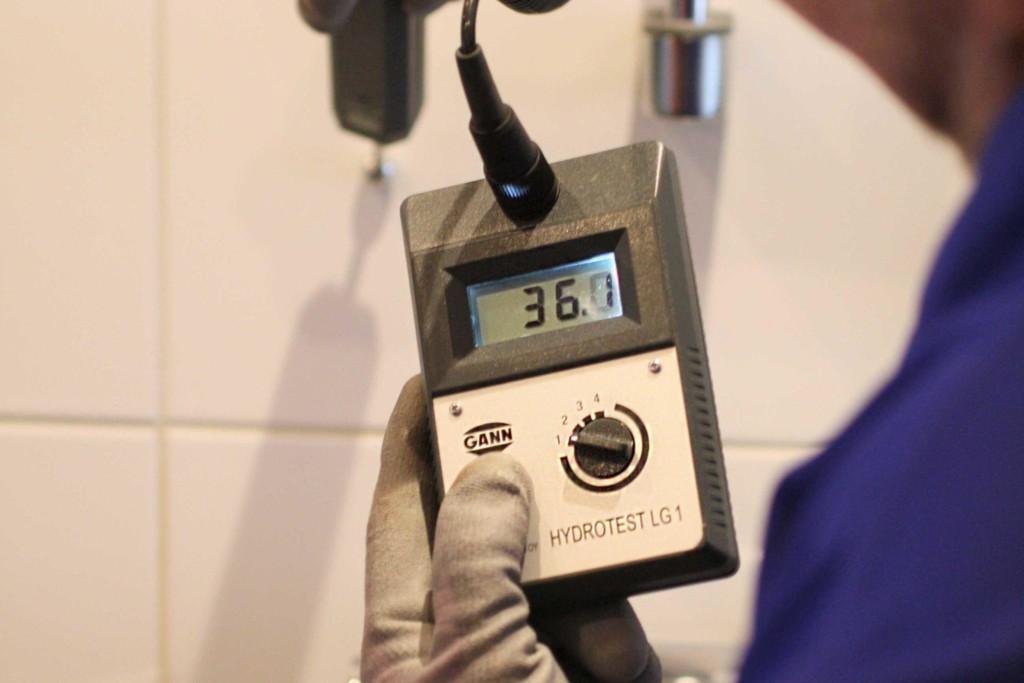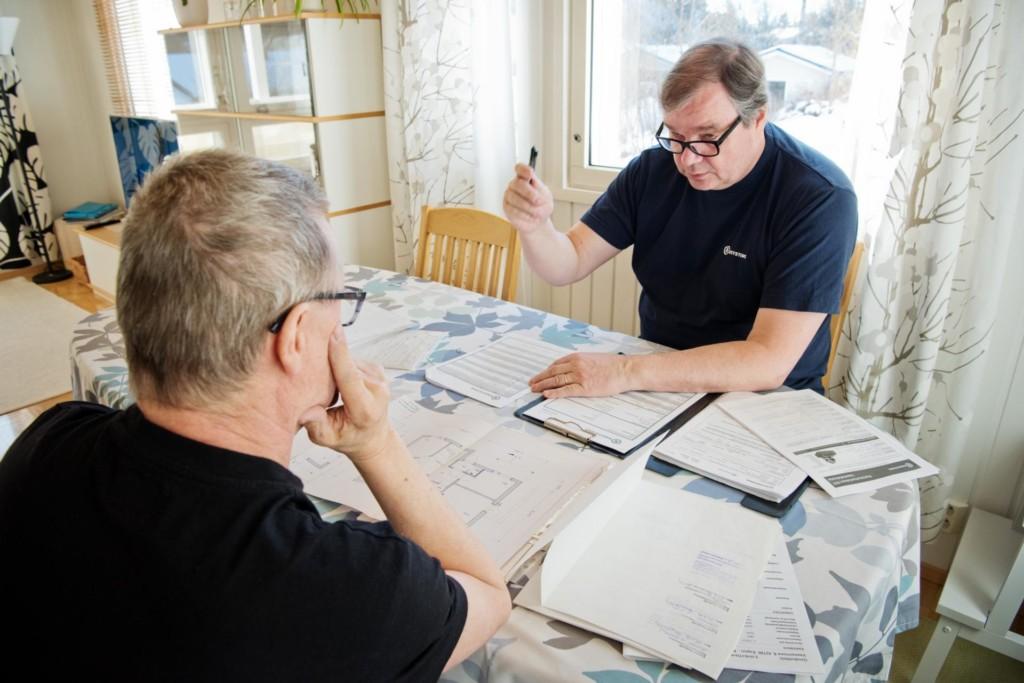Housing Trade Condition Evaluation, Condition Evaluation and condition surveys – how to choose the correct service?
You should always study the condition of your home with care to ensure that the money you have invested in it will not go to waste. Preferably, the value of your home should increase. On the other hand, your health and the health of your family are immeasurably valuable factors that influence your quality of life. Therefore, the question is how and when you should study the condition of your home.
When should you place an order for a Housing Trade Condition Evaluation, a Condition Evaluation or one of our condition surveys, and what’s the difference between these three – or would a Humidity Survey suffice?
A Housing Trade Condition Evaluation or a Humidity Survey in connection with a housing transaction?
When people are selling or buying their homes, the parties being aware of the structural engineering condition of the object of sale is important. For this reason, we always recommend a Housing Trade Condition Evaluation performed in compliance with the performance instructions KH 90-00394 for a detached house, a detached house that is part of a housing company, a semi-detached house or an apartment in a terraced house.
“The good practices of real estate agents also state that the agency must recommend an inspection that is performed in compliance with the HVAC and KH card instructions for condition inspections in connection with housing transactions. An order for a Housing Trade Condition Evaluation should be placed as early on as possible, preferably immediately after having placed the home on the market”, says Jussi Mannerberg, the Managing Director of Suomen Kiinteistönvälittäjät ry, the Finnish association of real estate agents.
The purpose of an inspection performed using sensory methods is to reduce the risk of dissatisfaction or conflicts due to faults, defects or damage that is noticed after the transaction has been concluded. Furthermore, an impartial study will reveal any repair needs, damage risks, health hazards and safety risks to users of the property, and you will receive related action proposals. In the case of an apartment in an apartment building, a Humidity Survey covering the sanitary premises suffices.
A Housing Trade Condition Evaluation always involves small-scale opening of structures that pose a risk. The condition inspector often recommends further surveys on the basis of the observations made. Usually, they are condition surveys of a specific structural element, such as a false plinth or another structure posing a risk.
Condition Evaluations are used as the basis of the maintenance of large properties
A Condition Evaluation is used to study the condition of the structures and systems in a large property, such as an apartment building or a terraced house, to determine repair needs and costs. The Condition Evaluation covers the property’s structural engineering, HVAC, automation and electrical engineering elements. Property Condition Evaluations are performed in compliance with the instructions on condition evaluations of commercial and service buildings (KH 90-00500 and KH 90-00501) and the instructions on condition evaluations of residential buildings (KH 90-00534 and KH 90-00535) by a team consisting of three experts.
“Based on their assessments, the condition evaluation team will prepare an excellent tool for the housing company’s Board of Directors – a Condition Evaluation report including a long-term repair and maintenance plan for the next ten years (PTS). The PTS specifies when repairs should be performed, how urgent the repairs are and how much they will cost. When combined with the condition evaluation report, it ensures that the housing company can maintain the property in a cost-effective manner”, explains Marko Malmivaara, the Managing Director of Raksystems Insinööritoimisto Oy.
A Condition Evaluation does not include the opening of any structures, and the inspectors will not visit all the apartments, unless separately agreed. The Condition Evaluation consists of spot check observations covering the entire property (such as a housing company).
Condition survey determines the condition of a structural element
If you want something studied in more detail, you will need a condition survey. Covering a limited part of a building, a condition survey aims to study the condition of critical parts of the building. It also provides information for repair planning and on the selection of the correct repair methods.
Condition surveys can cover pipelines, electricity systems, balconies, roofs, ventilation systems, etc. Asbestos surveys are also condition surveys. A condition survey may consist of opening several parts of a structure, structural element or room. Many surveys also include the taking of material samples. The research methods vary a great deal, depending on the survey object (indoor air, a structure, etc.).
Detailed condition surveys of different structural elements are important when determining the underlying causes of damage. The condition survey will not only determine the cause of the damage but also determine repair methods, the correct time to perform the repairs and the scope of the repairs.
“These are matters the property owner should investigate to save money and time. Repair plans will not be accurate without such surveys, in which case there is the risk of the repairs being done incorrectly and the money and effort being wasted”, Malmivaara points out.



